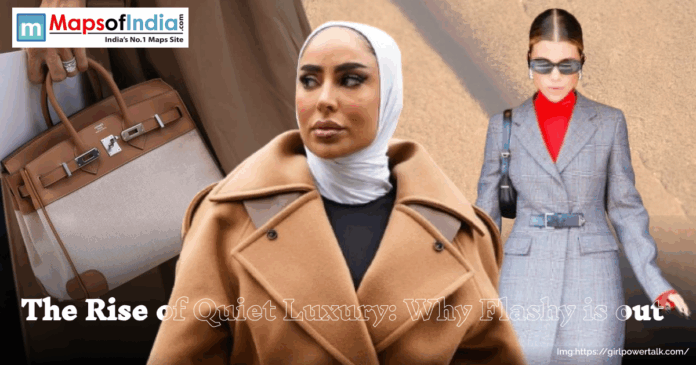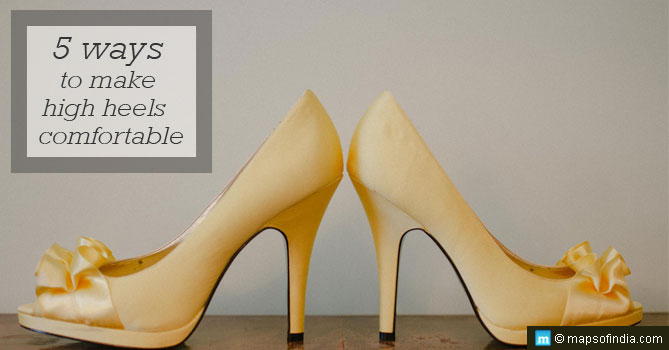Flamboyant is becoming a bygone thing in the fashion, design and lifestyle world as people discover the sublime side of things. There is a silent word on the lips of the boardrooms, on the shelves of the boutiques, and also on the social media timelines, and that word is quiet luxury. This is not like the old times when excessive logos, shiny ornaments, and attractive displays were regarded as a status symbol. Nowadays, it is monopolized by refinement, craftsmanship and minimalism.
This trend is not merely a fashion theme; it is a sign of cultural and economic change. The desire to be casually classy in the wardrobe of the super-wealthy, down to the dreams and hopes of the middle-income population, is on the rise. So here is the subtlety of this contemporaneous transformation.
What is Quiet Luxury?
Quiet luxury, also known as stealth wealth or small-scale luxury, focuses more on good instead of quantity, skill instead of fame and discretion instead of flaunting. It is the knack to appear that it does not look cheap but is not intended to be showy. Consider neutrals (other than black, of course), well-defined lines, fitted outlines, and materials that can say so much without saying anything at all, such as cashmere, linen and wool.
The brands that embody this attitude are The Row, Loro Piana, Brunello Cucinelli, and Bottega Veneta (the quieter newer versions of that brand). Logos and noisy motifs can hardly be observed in these labels. Rather, the accent is made on perfect fitting, classic style, and even the materials that should be pleasant to the touch.
The Cultural Shift Behind the Trend
The quiet luxury does not only refer to any fashion, but it is a cultural remark. Living in the era of performative social media and information overload, individuals are becoming more and more conscious of the emptiness of images.
1. Post-Pandemic Perspective
The pandemic of COVID-19 changed the values of many. Individuals were staying in their comfortable clothes, focusing on mental health, and contemplating what matters when there is a lockdown. Increased frivolousness began to seem like a foreign notion, and genuineness was a goal.
2. Wealth Rebranding
The super-rich have never been a part of the same game. However, nowadays, even billionaires prefer to fit in, instead of becoming conspicuous. Warren Buffett is currently staying in the house that he purchased in 1958. The entrepreneurs in the world of technology, such as Mark Zuckerberg and Jack Dorsey, are mostly found in simple t-shirts and jeans. To the really wealthy, heavy luxury lies in silence.
3. The Backlash Against Excess
We are in the era of conscious consumption, sustainability, and climate awareness. The trend-chasing and breakneck pace of flashy luxury is irresponsible and decadent. Quiet luxury, in its turn, indicates refinement and a more thorough understanding of conscious living.
From Loud Logos to Label-less Looks
Luxury had always been equated with logos. Such names as Louis Vuitton, Gucci and Versace established their empires on visually amazing pieces. However, currently, there is a change. Millennials and Gen Z are shifting towards timeless as opposed to their trendy counterparts, and consumers in general are following suit.
It has seen an increased distaste toward boom-words and toward items that do not require explanation as to their value. This is not cost-effectiveness; this is aesthetic integrity. A perfectly constructed handbag or even a great-cut coat need not have a logo to give it the statement it needs; it is stated by its construction and its finishes.
Celebrities and the Quiet Luxury Wave
The quiet luxury style has made its way in popular culture with the assistance of television, movies, and even celebrity closets.
TV programs such as the popular one, Succession, have brought the camera to the subtle sophistication of the super wealthy. Designed by Monica Rose, Shiv Roy’s wardrobe (monochrome suits, cashmere sweaters and tailored trousers) is screaming affluence but not saying a single word about the label.
On the same note, celebrities such as Gwyneth Paltrow, Zoë Kravitz, and Angelina Jolie are the representations of quiet luxury evident in their outings. Even the red carpet is experiencing a nuance of stepping back to the glitz gowns and shifting to simple shapes.
Fashion Industry’s Response
The fashion industry is turning around. Minimalism is being adopted to satisfy this demand by brands that are already attention-grabbing. Take Gucci, which has moved away from maximalism to create more minimalistic designs. Celine under Phoebe Philo is another example of elegant minimalism.
Also, one-shop reselling sites and capsule wardrobes are making individuals spend their money on fewer and finer objects. An ideal pair of quilted loafers made of Loro Piana would cost you a fortune and may never go out of fashion, which has lasted decades, or a perfectly fitted blazer by The Row.
The Psychology of Subtle Status
Quiet luxury is all about confidence. It expresses an attitude in which people believe: “I do not need to justify anything.” This is unlike conspicuous consumption, which most time is out of the need to be noticed or ratified.
It is psychologically satisfying to possess items not because of what the rest of the population wants to do, but because of what one wants to do. This helps to become closer to things, and they will make purchased items more mindfully.
Consumers of quiet luxury are also well informed, most of the time. They are well aware of how the fabrics are and are ethically produced, and the brands that they patronize. They do not act rashly but base their decision on knowledge.
How to Embrace Quiet Luxury in Everyday Life
To get into the quiet luxury lifestyle, you do not need to have a bank of a millionaire behind you. Some practical steps in implementing this philosophy in your life are here:
1. Invest in Timeless Pieces
Choose classic wardrobe pieces such as a classy trench coat, well-fitted pants, or a versatile blazer. The neutral colours, such as beige, black, navy, and grey, always help.
2. Focus on Fabric and Fit
Seek fabrics such as cotton, silk, wool and linen. Quality clothes that fit properly beat high-profile, trendy attire, even at the lowest budget.
3. Simplify Your Aesthetic
The less is the best. Select delicate silhouettes, few decorations and natural tones. Don’t be flashy, be classy.
4. Prioritize Craftsmanship
When decorating the home, choose handcrafted products over mass-produced goods. Purchase fewer items that could at least last longer.
5. Conscious Consumption
It is not necessary to keep up with trends. Create a wardrobe and lifestyle around your own taste, comfort and values. Try out slow fashion, ethical brands and local artisans.
The Future of Luxury
Quiet luxury goes beyond a temporary fad: it represents the trend of future prosperity and luxury. The value of simple, pure luxury will continue to increase as consumers continue to be more educated, environmentally and emotionally intelligent.
We are also in a generation where success is not gauged by the number of flashy accessories or luxurious shopping, but by experiences, time and peace of mind. Real luxury means that you do not have to impress somebody, but yourself.
Conclusion
The uprising of quiet luxury implies turning back to the origins of elegance, where it is all about quality, character, and confidence. In a world that is becoming louder, hyper-stimulated and attention-driven, something is quite special about the decision to speak with a whisper rather than shouting.
Sometimes, the quietest things speak the loudest.





